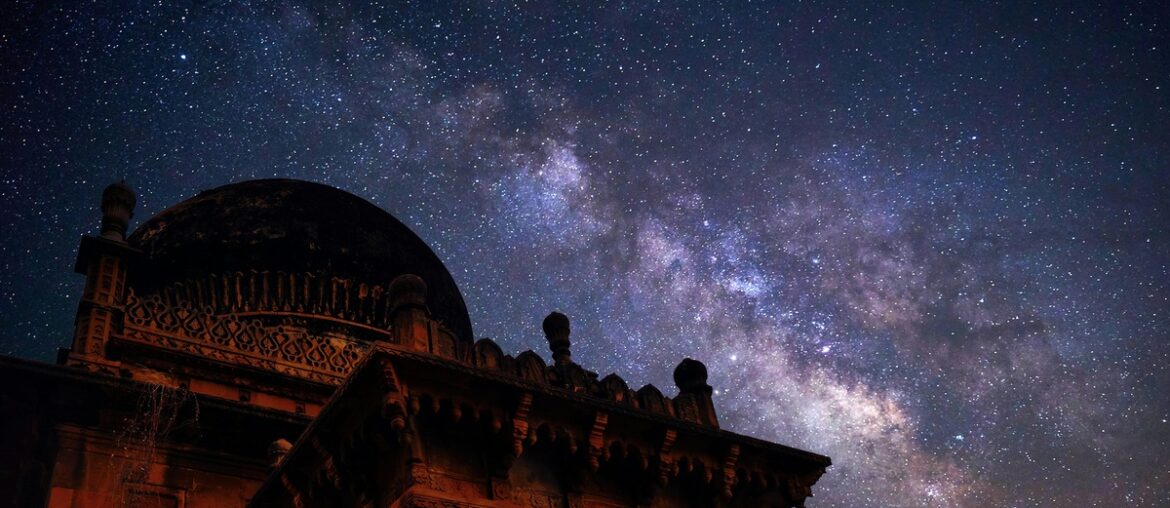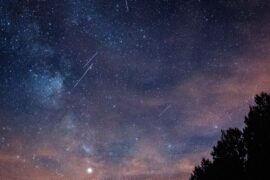At Newgrange in Ireland, built around 3200 BCE, a narrow passage floods with sunlight at the winter solstice — an intentional astronomical alignment that predates Stonehenge by centuries. The image is vivid: a dark passageway, a single shaft of light striking a carved chamber, and a community that timed construction to match the sun’s annual return.
That deliberate tuning of stone to sky matters to us today because the same observations once kept people fed, helped cross vast oceans, and shaped governments and religion. From predicting floods to navigating open water, early skywatchers turned patterns in the heavens into practical tools.
Below are eight substantial ways ancient peoples used those tools — encoded into monuments, tablets and voyages — and why that legacy still underpins modern calendars, navigation and scientific thinking.
Agriculture and Calendar-making
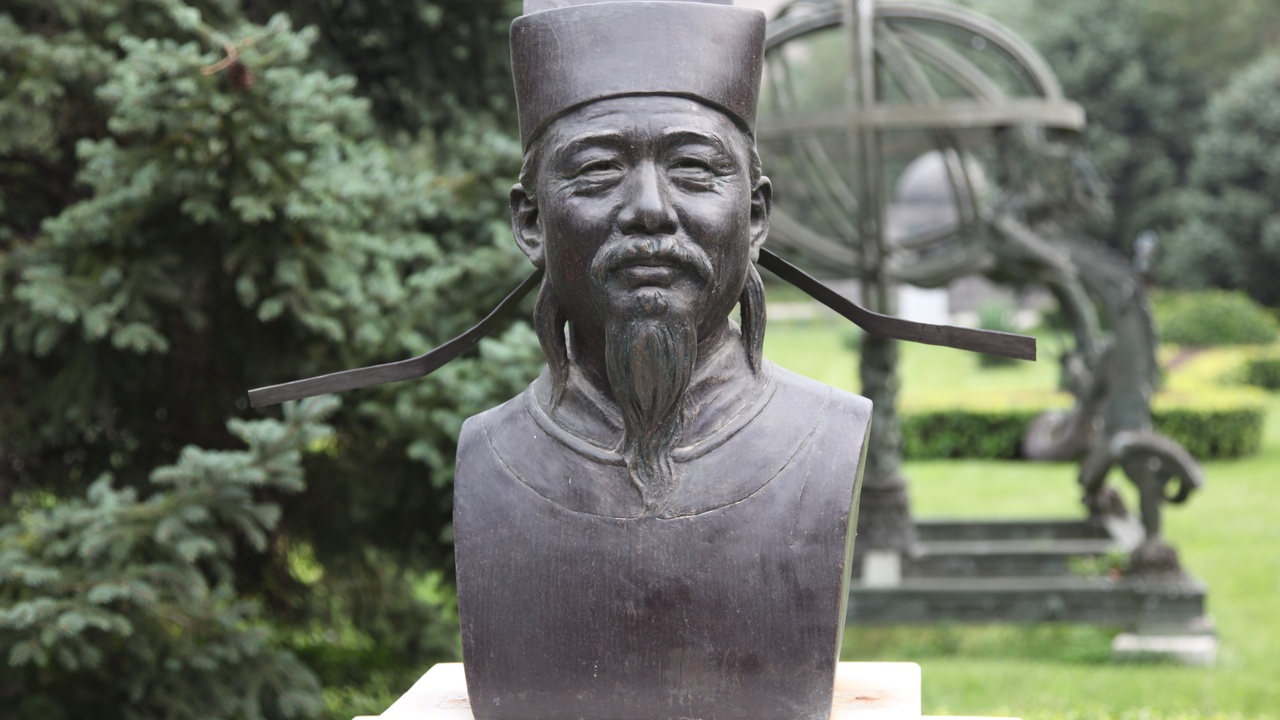
For early states, the first astronomical problem was utterly practical: when to plant and when to harvest. Seasonal cycles are predictable on human timescales, and the sky supplied repeatable markers that farmers could watch year after year.
1. Predicting seasons and flooding for agriculture
Ancient observers used stars and heliacal risings to forecast seasonal events. In Egypt, the heliacal rising of Sirius (the goddess Sopdet) roughly coincided with the Nile inundation and served as an annual signal for upcoming floods around 3000–2700 BCE.
That allowed rural and urban planners to decide when to sow, when to move granaries, and when to mobilize labor for irrigation. Small calendar errors add up: the Egyptian civil year of 365 days (standardized in the late 3rd millennium BCE) drifted a day every four years, a discrepancy that later motivated calendar reforms elsewhere.
2. Developing formal calendars and timekeeping
Observations became formal calendars. Mesopotamian societies used lunisolar systems with recorded intercalations (adding an extra month) in clay tablets to keep lunar months aligned with the solar year during the 2nd millennium BCE.
The Egyptians ran a 365-day civil year, while the Maya combined a 260-day ritual cycle (Tzolk’in) with a 365-day vague year (Haab’) and the Long Count for longer spans. These systems let states plan irrigation, labor drafts and trade timetables.
Calendar changes could be political: when Rome adopted the Julian reform in 46 BCE it reshaped tax schedules and civic ceremonies, showing how governments tied authority to control of timekeeping.
3. Scheduling festivals, taxes, and labor
Calendars structured public life beyond farming. Temple and court astronomers set festival dates, coordinated corvée labor, and timed tax collection to follow the harvest.
In Egypt, large state projects and temple labor were often scheduled around the inundation so fields weren’t emptied mid-planting. Mesopotamian New Year festivals (Akitu) tied ritual renewal to spring, while Chinese court astronomers advised when to collect dues after a good harvest.
That synchronization reduced conflict over scarce labor and made it easier for central authorities to mobilize resources when needed.
Navigation, Travel, and Trade
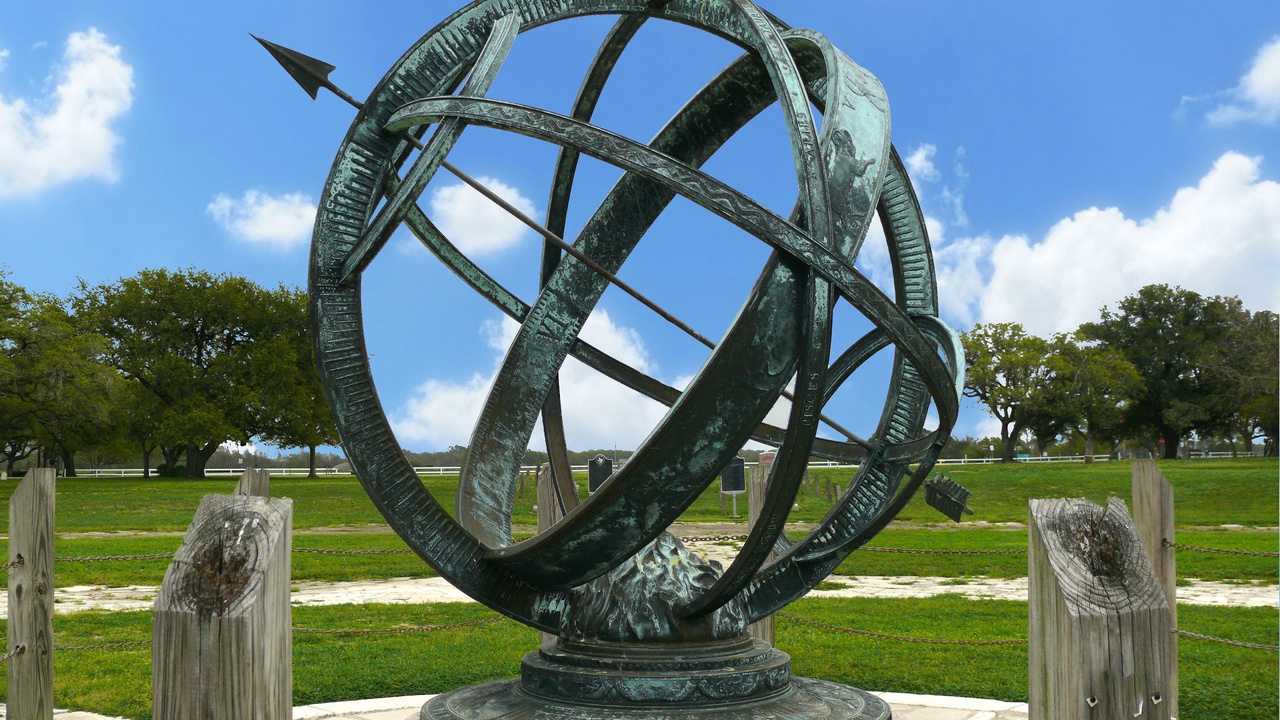
For anyone studying ancient civilizations astronomy, one of the clearest practical outcomes is navigation. People used the sun, moon and stars to move goods, people and ideas across oceans and along coasts.
4. Open-ocean navigation and colonization
Celestial knowledge let sailors cross open ocean without sight of land. Polynesian wayfinders navigated by star compasses, ocean swells and bird behavior to settle islands across thousands of kilometers.
Modern reconstructions — notably the Hōkūleʻa voyages — demonstrated that traditional techniques could safely link archipelagos separated by 2,000–3,000 km. That ability explains how the central Pacific became populated long before European navigation reached it.
5. Coastal navigation and safe passage
Along coasts, mariners used rising and setting stars to hold a steady course at night and to pick off known waypoints. Phoenician sailors relied on stellar bearings to run trade routes across the Mediterranean by the 1st millennium BCE.
Classical sources describe Greeks and Romans sailing at night on predictable bearings, which cut voyage times and reduced the rate of shipwrecks — a direct boost to trade volume and the reliability of merchant fleets.
6. Latitude, basic instruments, and timekeeping at sea
Measuring the altitude of a star or the sun gave sailors a crude latitude. Simple tools like the gnomon (a vertical rod) were used on land, and the methods evolved into handheld sighting devices that prefigured the astrolabe.
In practice, an experienced observer could estimate latitude to within tens of nautical miles using star altitudes and seasonal knowledge. That margin was often enough to make landfall reliably on long voyages and laid conceptual groundwork for later instruments and the eventual search for a longitude solution.
Greek travelers such as Pytheas (~325 BCE) reported latitudinal observations from Atlantic voyages, and Hellenistic observational techniques influenced later Islamic mariners who refined astrolabe designs.
Religion, Power, and the Birth of Predictive Science
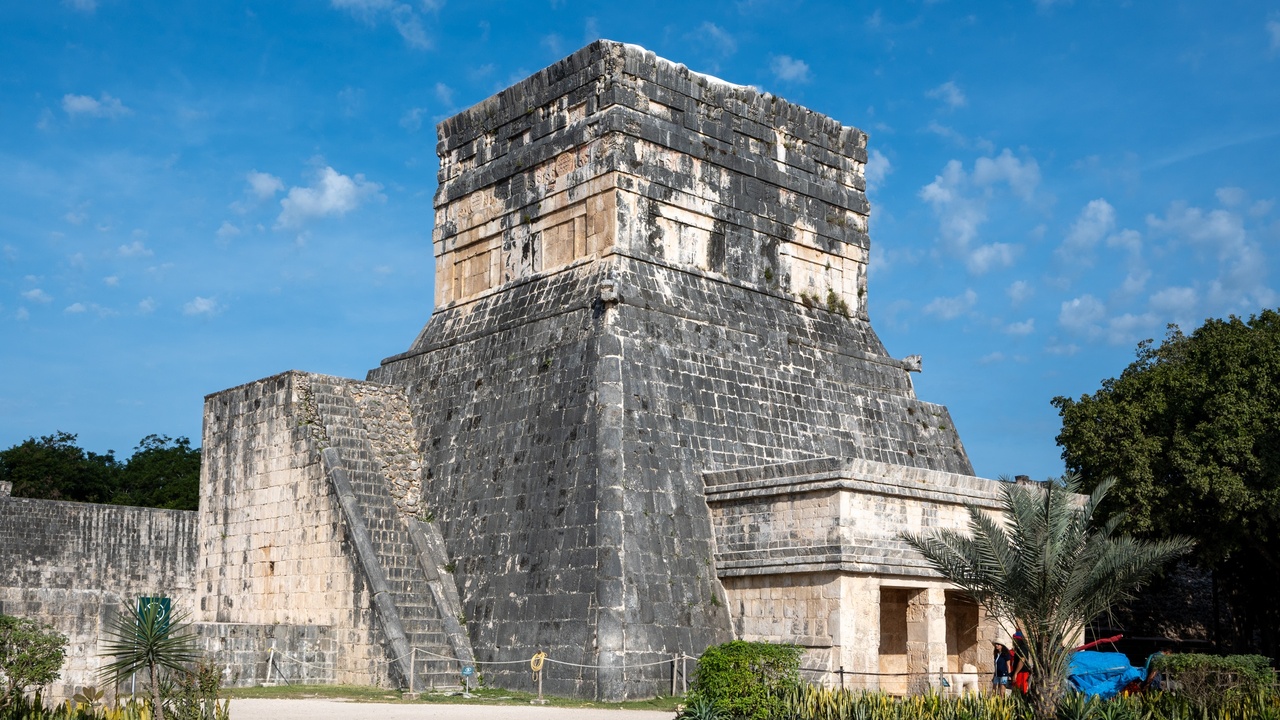
Sky knowledge carried deep symbolic weight. Alignments, omens and records linked religion to rulership, while careful note-taking produced the first predictive practices that resemble scientific thinking.
7. Ritual architecture and solstice alignments
Monuments and temples were often oriented to solar or lunar events. Newgrange’s main passage exactly illuminates the inner chamber at winter solstice sunrise, and Stonehenge frames the midsummer sunrise — architectural statements about cosmic order.
Such alignments served real functions: they signaled the turning points of the year for ritual calendars and demonstrated that elites controlled specialized knowledge. Angkor Wat’s 12th-century stonework likewise encodes celestial symbolism to affirm royal cosmology.
8. Recording and predicting celestial events
Several cultures kept long-term observational records that revealed repeatable cycles. Babylonian astronomical diaries from the 7th–1st centuries BCE list planetary positions and eclipses, enabling recognition of periodicity and practical prediction methods.
The Maya encoded eclipse tables in the Dresden Codex for ritual forecasting, and Chinese imperial chronicles tracked comets and “guest stars” for centuries. Recognizing cycles like eclipse recurrences (akin to the Saros) let priests and astronomers forecast events with some confidence.
These records mattered politically as much as scientifically: predicting an eclipse could either reassure a ruler’s subjects or be framed as proof of intimate access to cosmic knowledge, which reinforced authority.
Summary
- Astronomy was a practical tool for food security: seasonal markers and calendars governed planting, harvests and state grain reserves.
- Celestial wayfinding enabled trade and colonization—from Phoenician coasts to Polynesian voyages across 2,000–3,000 km—fueling cultural exchange.
- Systematic records from Babylon, Maya and Chinese courts turned observation into prediction, laying groundwork for mathematical astronomy.
- Monuments like Newgrange and Stonehenge encode ritual calendars and signal how elites used sky knowledge to legitimize power.
- Explore local archaeo-astronomical sites (Newgrange, Stonehenge, Angkor Wat, Maya ruins) and archival records (Babylonian tablets, the Dresden Codex) to see how ancient civilizations astronomy still shapes our calendars and navigation.
Enjoyed this article?
Get daily 10-minute PDFs about astronomy to read before bed!
Sign up for our upcoming micro-learning service where you will learn something new about space and beyond every day while winding down.

